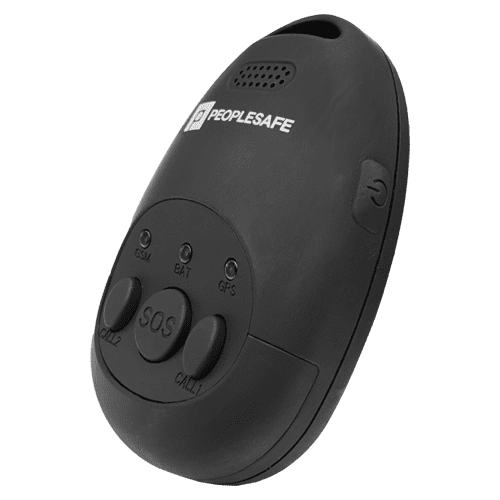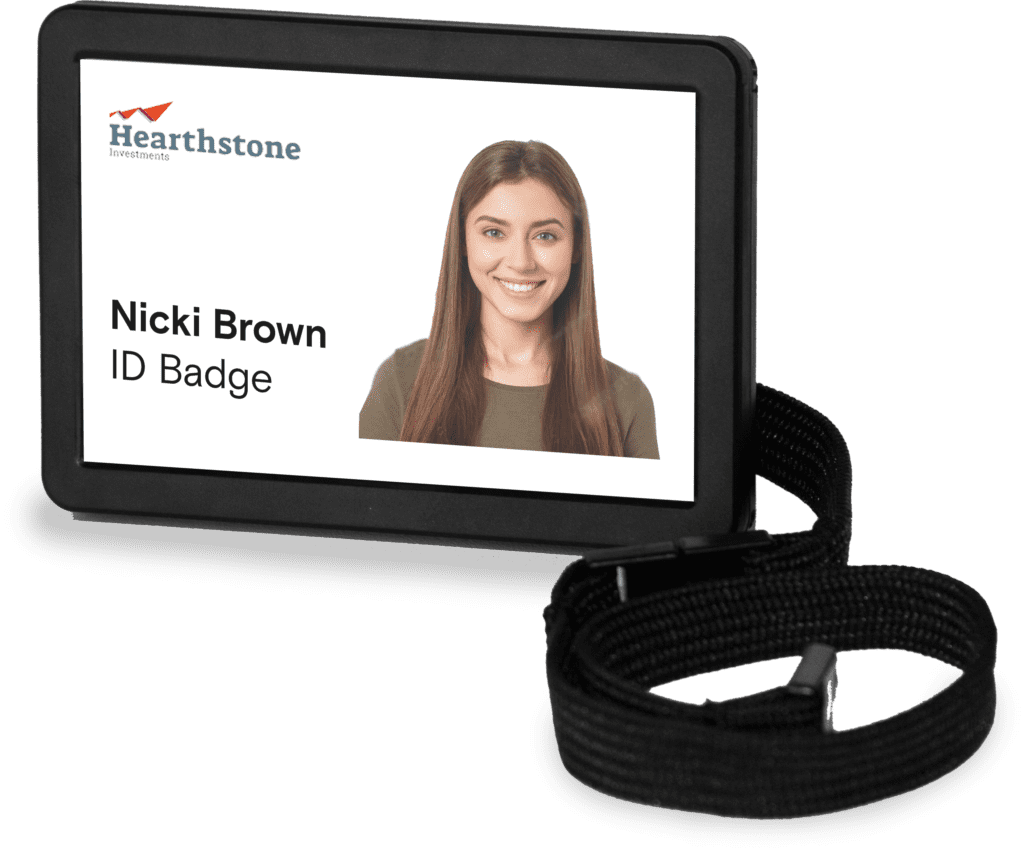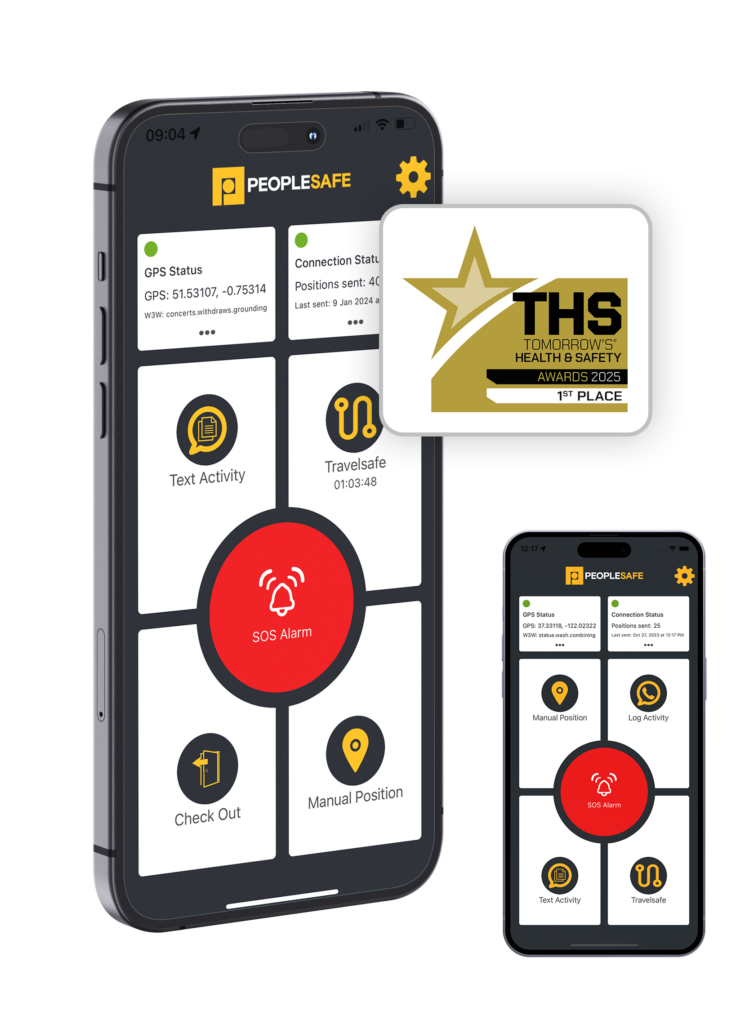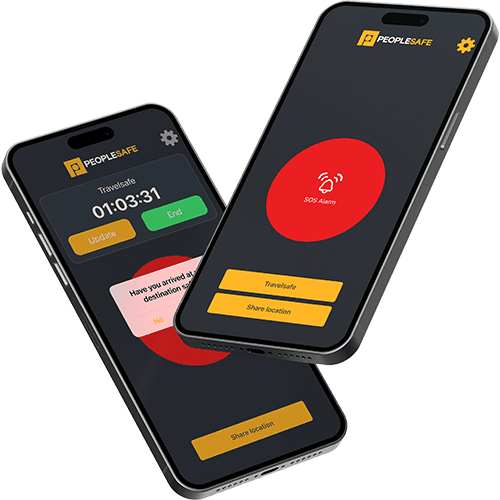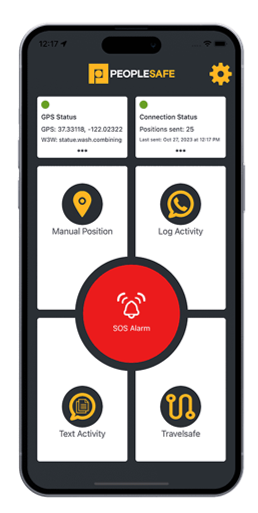
Personal Safety Devices for Every Situation
Lone Worker Safety Devices
Specialised Safety Devices
Lone workers in extreme environments need safety devices with specific capabilities suited to the surroundings to keep them safe.
Satellite Communication Devices
Satellite communication safety devices are essential for lone and high-risk workers in remote and rural areas such as environmental officers, tree surgeons and park rangers. They do not rely on GSM signal and can transmit communications from mobile black spots helping them to stay connected beyond the boundaries of reliable cellular service.
Spot Gen 4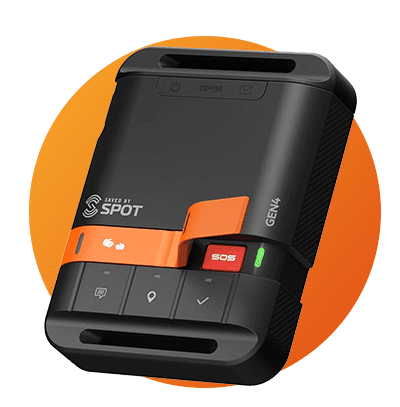
Intrinsic Safety Devices
Intrinsically safe and highly durable SOS alarms that are ATEX/IECEX approved protect lone workers operating within a hazardous environment including explosive areas such as those encountered in the petrochemical industry, maintenance and construction sectors. Designed to withstand the most extreme conditions, a hazardous area device is essential for those working in high-risk environments.
Twig Ex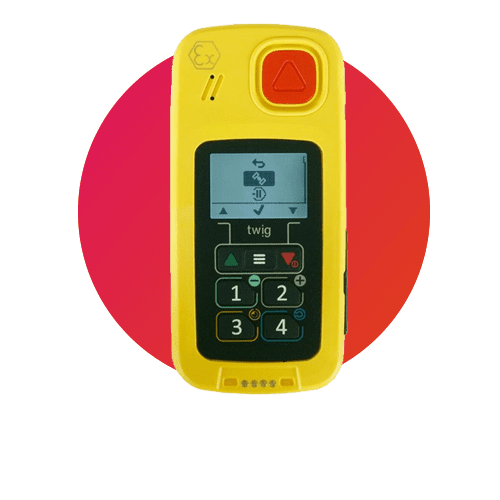
Safety Devices FAQs
What is a lone worker safety device?
A lone worker safety device is a piece of technology that is designed to protect employees working alone. Often, they are small and shaped like a fob or an ID badge so that they don’t attract attention.
What does a lone worker device do?
The most basic function of a lone worker device is to raise an SOS alarm when the user needs help, for example if they’re in danger, suffer an injury or feel threatened.
How does a Peoplesafe safety device work?
Our personal safety devices are linked with a 24/7 Alarm Receiving Centre (ARC). When the SOS alarm button is pressed, an alert is raised in the ARC and a two-way audio channel is opened on the device between the device user and the ARC Controller.
What happens when you press the SOS button on a lone worker device?
Pressing the SOS button on a lone working device raises an alarm to an Alarm Receiving Centre. ARC Controllers will receive the alarm and start monitoring the situation. If safe to do so, they will utilise the device’s two-way audio capabilities to speak to the user and determine a course of action which may include calling an escalation contact or initiating a blue light response.
Why not call 999?
When an SOS alarm is raised using a personal safety device the ARC Controller will know who the user is, where the user is and any important information (e.g. medical conditions, date of birth). These are all things the 999 operator will ask before dispatching any services. Having this information saves valuable time. In addition, the ARC Controller is trained to handle emergency situations and stay calm allowing them to relay information that someone experiencing the situation may not be able to do effectively.
Do personal safety devices need a mobile signal to work?
Most personal safety devices work using a mobile SIM card and will need a mobile phone signal to raise an alarm. To improve connectivity Peoplesafe offer a roaming SIM which is able to use the strongest connection of any of the three major network providers in the UK. This increases the chance of securing a mobile phone signal.
Alternatively, satellite lone worker devices (e.g. SPOT Gen4 and X) don’t have SIM cards; instead, they use satellite technology to raise an alarm. This type of device is the best solution for lone workers that often work in rural areas with little to no mobile network coverage.
Do Peoplesafe safety devices track the user?
All lone worker devices have GPS capabilities that will monitor the user’s location; however, the Alarm Receiving Centre will only receive this information when an alarm is raised. The purpose of the GPS in Peoplesafe lone worker alarms is to ensure that the emergency services can be sent straight to the user’s exact location, should they need assistance. Knowing where the user is saves precious time which could mean the difference between a serious and manageable incident.
Which alerts are monitored by lone worker devices?
Aside from SOS alarms, lone worker safety devices will raise an alert to the ARC when an activity timer expires or when it detects a fall using fall detection technology.
